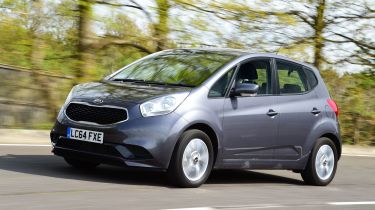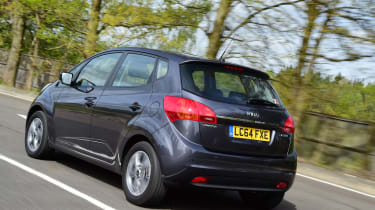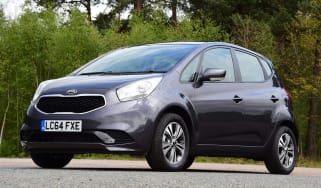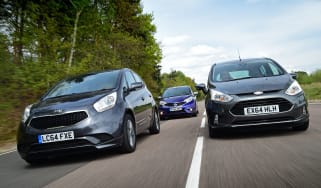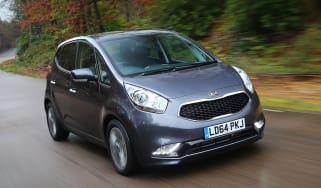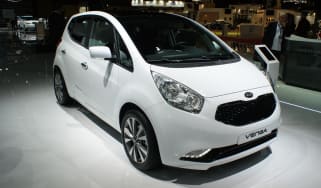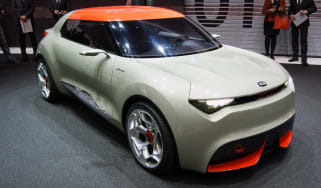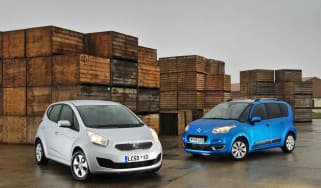Kia Venga (2010-2019) review
The Kia Venga has made a big impact in the mini MPV sector, with great space and strong value

The Kia Venga proves that you don’t need to spend a lot of money to get a truly practical family car. This supermini-sized MPV combines practicality and value for money to great effect, and as a result has made a big impact on its class.
A strong part of the appeal too, is the industry-leading seven-year warranty Kia offers –providing buyers with real peace of mind. The only potential fly in the ointment is the firm suspension, which can make for a rather uncomfortable ride over rough road surfaces.
Plus, as spacious and practical as the interior is, it trails rivals like the Honda Jazz and Ford B-MAX by a long way in terms of quality. The Venga hasn’t even caught up with the level of fit and finish found in newer cars from Kia, although a recent facelift has addressed some of the areas of concern in the cabin.
Most buyers will be able to put up with this when they look at the price, though: the basic 1 model represents brilliant value for money, while even the more expensive, gadget-packed flagship 3 looks tempting.
‘Tardis-like’ may be a bit of a cliché, but maximising cabin space was obviously first and foremost in the design team’s mind when they penned the diminutive Kia Venga’s shape.
More reviews
Car group tests
Road tests
Used car tests
The Venga is a mini-MPV with a very small footprint, but voluminous proportions that make for an exceptionally roomy interior. In competes in a class of rivals that includes cars like the Ford B-Max, Citroen C3 Picasso, Nissan Note and Skoda Roomster.
The model has been around for a few years now, having debuted in 2009. It’s part of a joint venture project between Kia and Hyundai, so shares a front-engined, front-wheel-drive platform with the Hyundai i20 – as well as with Kia’s related mini-SUV which is called the Soul. The Venga is built at Hyundai’s European plant at Nošovice in the Czech Republic, alongside its Hyundai sister cars.
Kia’s mini-MPV, which is only available in five-door hatchback format, has recently received a mid-life refresh in a similar way to the latest Picanto city car. The upgrade delivered tweaked exterior styling including new alloy wheels designs, a larger front grille, deeper air inlets and daytime running lights.
The Venga’s engine line up includes 1.4 and 1.6-litre petrol and diesel options, all offering relatively staid performance. Economy is good across the board, although there are plenty of newer rivals that return even better figures – as well as greater performance.
The Venga comes in six trim levels, handily numbered 1 to 4. There’s an ‘Air’ version of the Venga 1 which features air-con, plus the more youthful Bluetooth-equipped SR7 to complete the range.
The entry-level Venga 1 has ESC as standard, plus twin front, side and curtain airbags, steering wheel controls, 60:40 split rear seat, and electric front windows and mirrors. The Venga 2 adds reversing sensors, 16 inch alloy wheels all-round Bluetooth, electric windows and folding mirrors, but you need to reach Venga 3 level to get a 7-inch touchscreen nav, a reversing camera, heated seats and cruise control. The Venga 4 adds a panoramic sunroof to an expanded list of luxuries.
For an alternative review of the latest Kia Venga MPV visit our sister site carbuyer.co.uk
